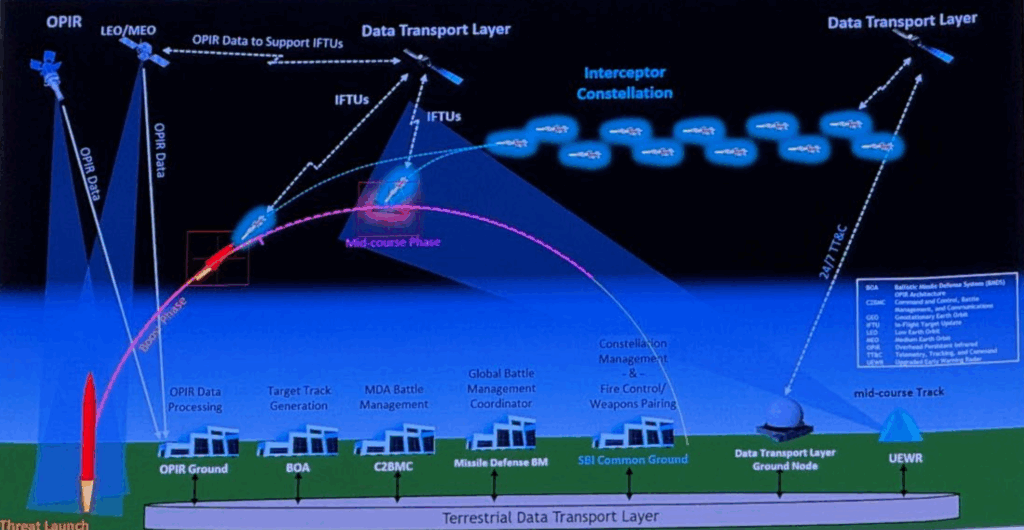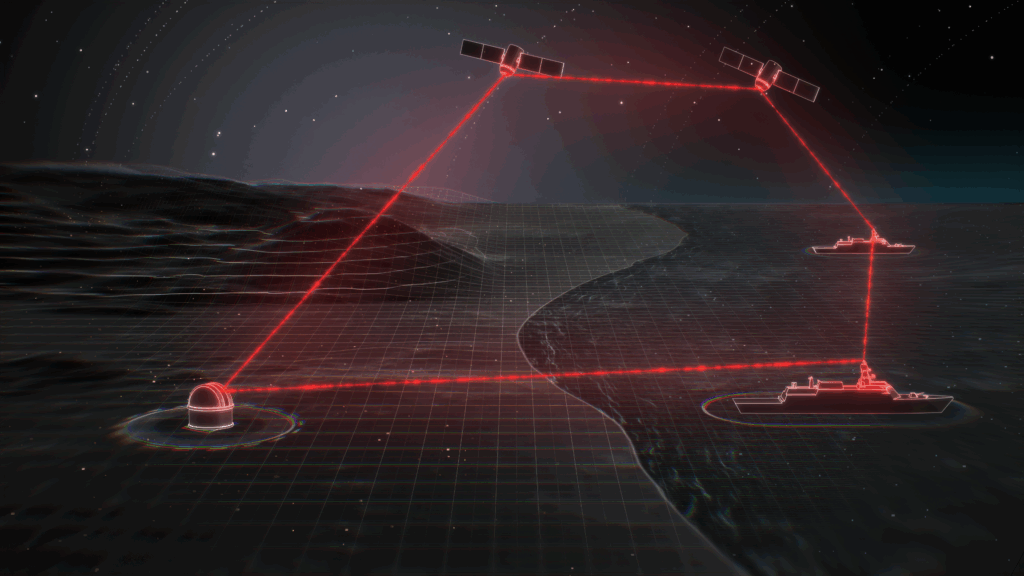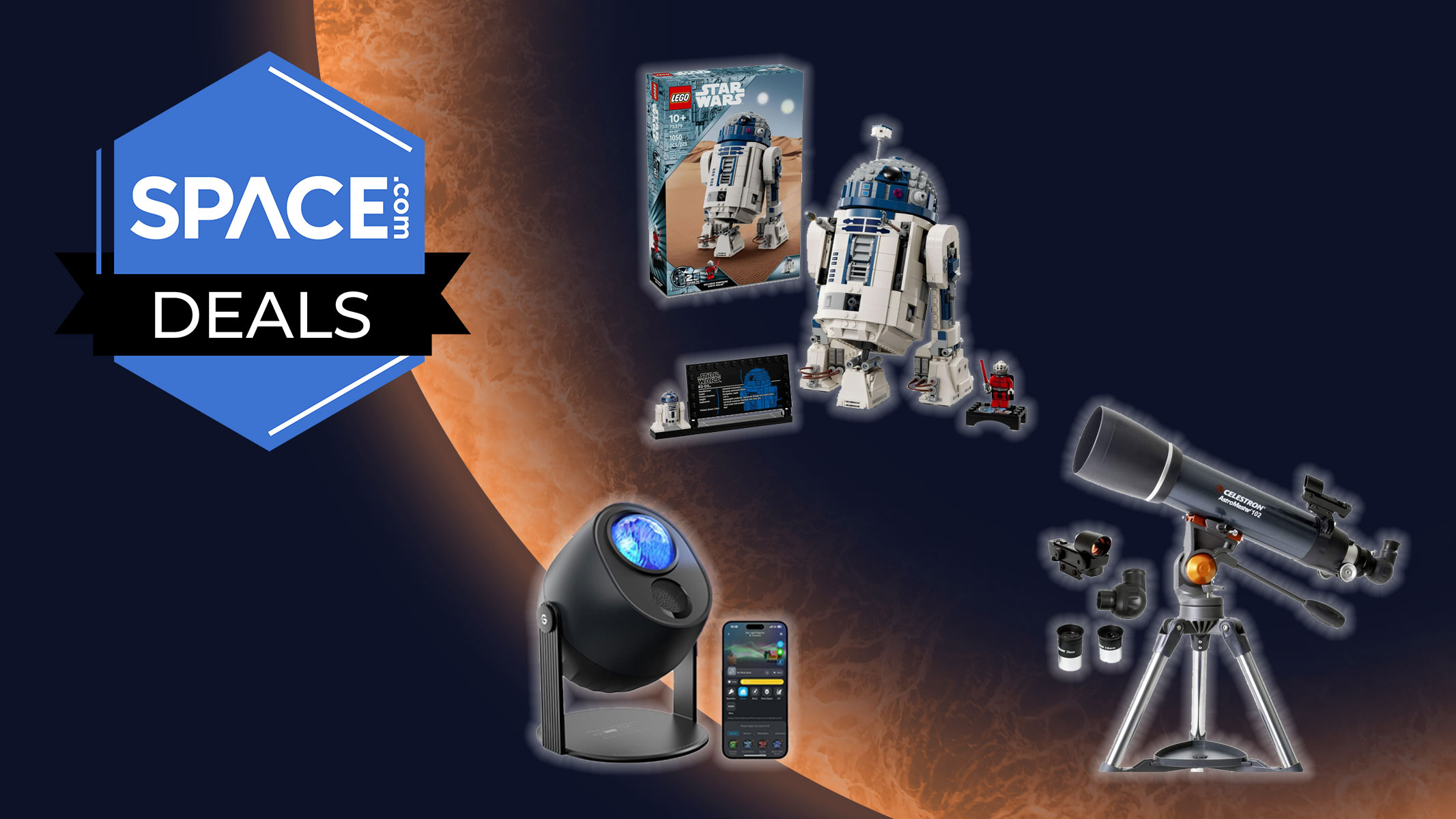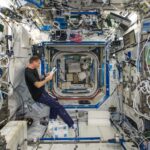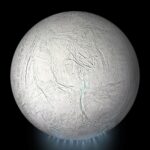Now Reading: Dawn Aerospace sells Aurora suborbital spaceplane to Oklahoma
-
01
Dawn Aerospace sells Aurora suborbital spaceplane to Oklahoma
Dawn Aerospace sells Aurora suborbital spaceplane to Oklahoma

WASHINGTON — Dawn Aerospace has announced the first order for its Aurora suborbital spaceplane, signing a deal to fly the vehicle from Oklahoma.
The New Zealand company said June 12 it signed a binding partnership with the Oklahoma Space Industry Development Authority (OSIDA) to operate the Aurora Mark 2 vehicle from the Oklahoma Air and Space Port. Flights of the vehicle from Oklahoma are scheduled to begin as soon as 2027.
The company announced May 22 it would start selling the Aurora Mark 2, a vehicle capable of taking off from a runway and taking up to five kilograms of payload to an altitude of 100 kilometers before returning for a runway landing. The company said it would sell the vehicle to customers who would operate it themselves, a model similar to commercial airliners but a departure from traditional space launch services.
The $17 million agreement with OSIDA is something of a hybrid, with Dawn Aerospace providing both the plane and an operations team. Stefan Powell, chief executive of Dawn, said in an interview that his company will hire a team in Oklahoma and bring them to New Zealand for training, which will include test flights. That team will then return to Oklahoma to handle up to 100 Aurora flights over a year.
“They wanted to be sure that at least the first year of operations would go well,” he said of OSIDA. “We’re happy to commit to doing that. But ultimately, like we want to empower them to be able to operate the vehicle themselves.”
The flights in Oklahoma will be the first for the Aurora Mark 2 after it completes test flights in New Zealand. The company has flown a version of the aircraft, taking it supersonic last November and going to an altitude of 25 kilometers.
OSIDA has worked for more than two decades to attract customers to the spaceport, a former air force base near the town of Burns Flat with a long runway. Early in the spaceport’s development, Rocketplane Kistler, a startup developing a suborbital spaceplane, was an anchor tenant, but the company went bankrupt before performing any flights there.
“With targeted investment, the state is moving to secure frequent and reliable space access and is set to become America’s busiest suborbital launch site,” Matt Pinnell, lieutenant governor of Oklahoma, said in a statement. “Launching from Burns Flat will unlock a new class of microgravity research, national security applications and commercial innovation.”
“Operating Dawn’s Aurora spaceplane at the Oklahoma Air and Space Port will both reduce costs and increase access to microgravity throughout the space industry. This important partnership positions the state of Oklahoma at the center of American space innovation,” added Jim Bridenstine, former NASA administrator and a former congressman from Oklahoma, in the statement.

Powell said his company is “fielding a good amount of interest” and is signing up customers on a first-come, first-serve basis. Oklahoma was at the front of the line, and he noted OSIDA was well-positioned to be first given that it has a spaceport that is already licensed by the Federal Aviation Administration. “It’s very clear that we could operate out of there,” he said.
While the spaceport has an FAA license, Dawn Aerospace is working with the FAA on how the vehicle will be licensed. “It’s not really clear exactly how our vehicle would fit into the current FAA rule set,” he said.
One option is to license it as a launch vehicle, using FAA regulations known as Part 450. An alternative is to obtain an experimental permit, which does not require the same amount of regulation. “Part 450 is certainly a bit of overkill for what we’re doing.” He added recent executive orders on supersonic flight and “drone dominance” may also make it easier for Aurora to operate.
While Oklahoma is first in line to fly Aurora, Powell said Dawn Aerospace is seeing interest from a variety of potential customers in the United States and Europe. That includes, he said, airports in the U.S. that are not licensed as spaceports but could accommodate Aurora flights. “This is significantly opening the aperture of places that can do space business,” he said.
The company plans to gradually scale up production of Aurora, starting with the vehicle for Oklahoma in 2027 and one to two vehicles in 2028, ultimately reaching a baseline of five vehicles per year.
Dawn has also been working to identify who would want to fly payloads on Aurora. Powell said one set of payload customers are those interested in doing suborbital research, possibly as a precursor to orbital microgravity projects. Another set of customers are those who want to test hardware in the space environment. Such customers, he said, are attracted by the low cost and high flight rate of the vehicle.
There are other potential applications of Aurora, he noted, ranging from being a platform for Earth and space science research to supporting national security work by simulating missile trajectories.
“It’s an aircraft, but it can go to space,” he said. “The high cadence and the low cost totally blows the applications wide open.”
Stay Informed With the Latest & Most Important News
Previous Post
Next Post
-
 012024 in Review: Highlights from NASA in Silicon Valley
012024 in Review: Highlights from NASA in Silicon Valley -
 02Panasonic Leica Summilux DG 15mm f/1.7 ASPH review
02Panasonic Leica Summilux DG 15mm f/1.7 ASPH review -
 03How New NASA, India Earth Satellite NISAR Will See Earth
03How New NASA, India Earth Satellite NISAR Will See Earth -
 04And Thus Begins A New Year For Life On Earth
04And Thus Begins A New Year For Life On Earth -
 05Astronomy Activation Ambassadors: A New Era
05Astronomy Activation Ambassadors: A New Era -
06SpaceX launch surge helps set new global launch record in 2024
-
 07Space Force plans new ‘Futures Command’ amid pressure to speed up modernization
07Space Force plans new ‘Futures Command’ amid pressure to speed up modernization












